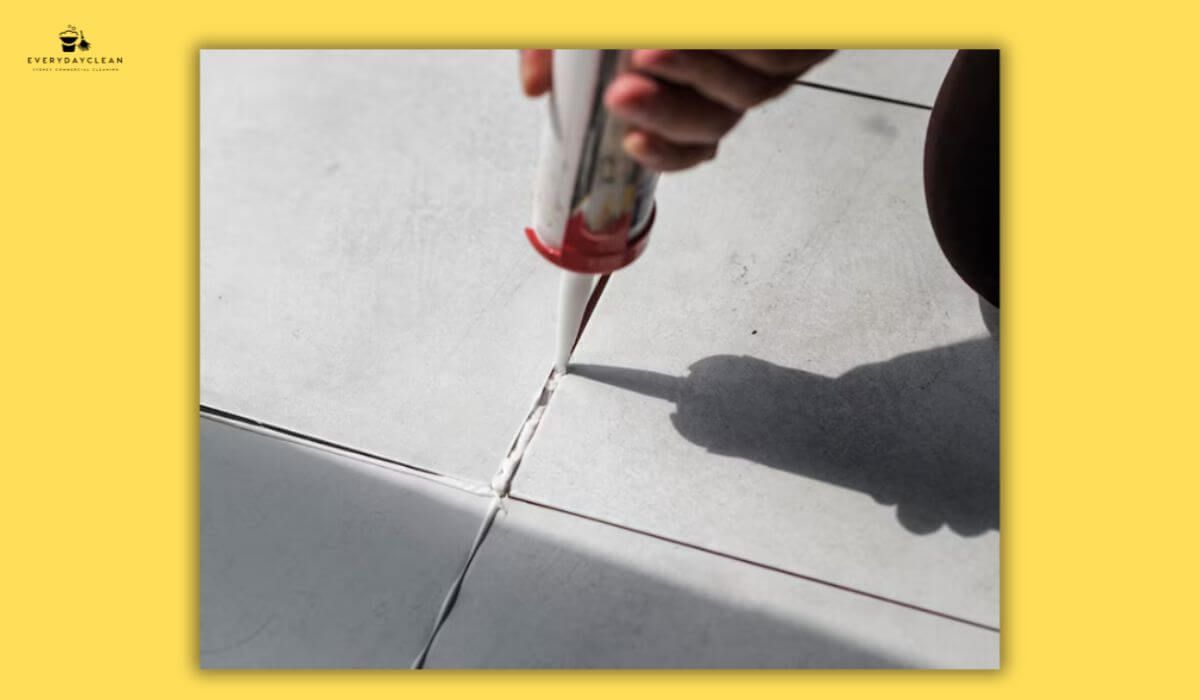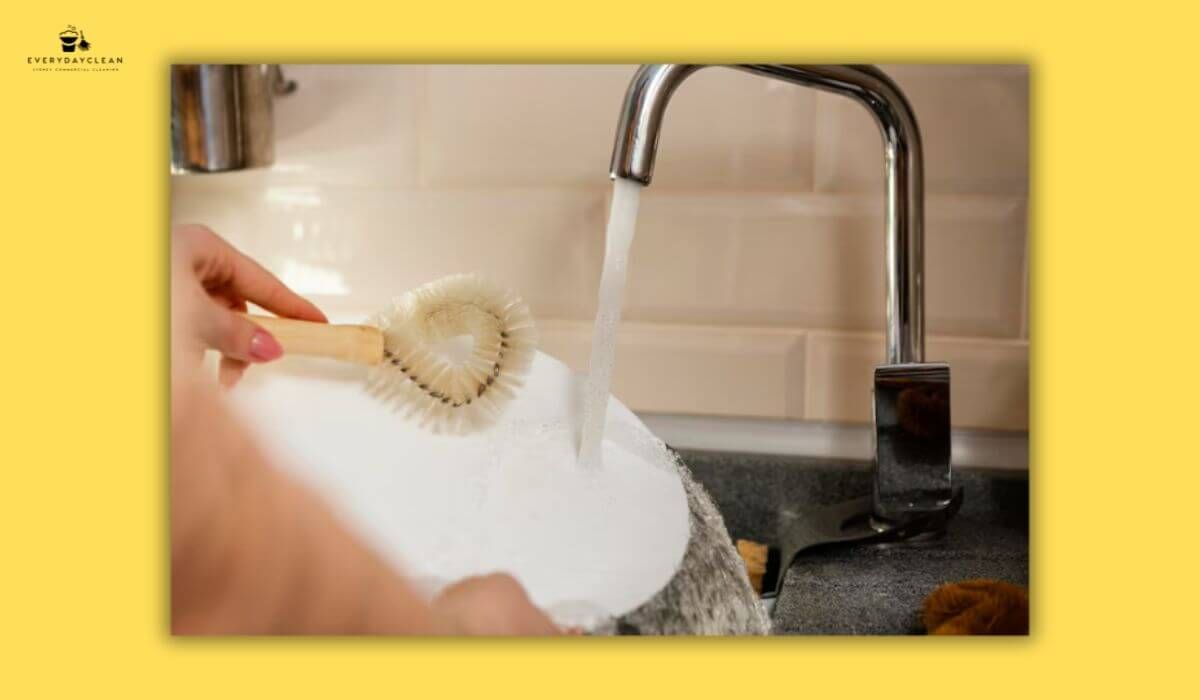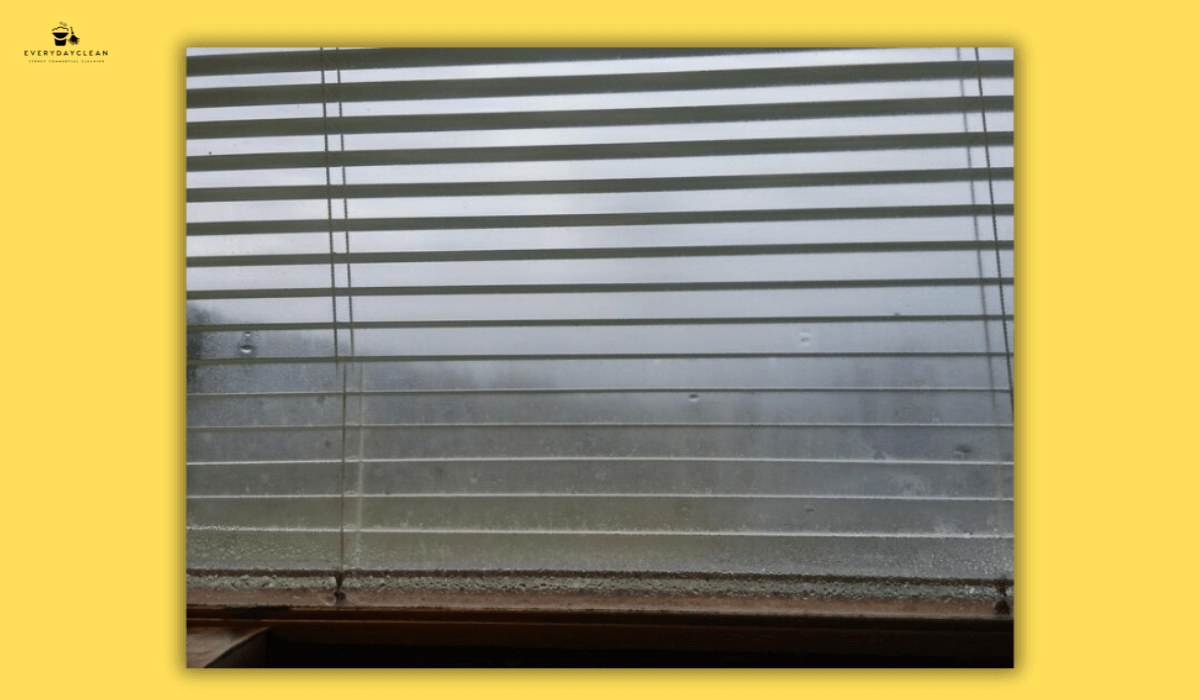Bathroom Mould Prevention: 7 Effective Steps
Bathroom mould prevention is a cleaning-first challenge, not just a ventilation issue. Without proper moisture control and routine cleaning, bathrooms quickly become breeding grounds for black mould, mildew, and bacterial growth—especially around tiles, ceilings, and high-condensation corners.
To prevent mould from returning, cleaners must adopt a structured, weekly approach that tackles both surface cleanliness and the environmental conditions that allow fungi to thrive.
7 Proven Steps to Prevent Mould in Bathrooms
The checklist below reflects cleaning protocols used in professional property maintenance, hotels, and commercial facilities. These steps prioritise air circulation, surface disinfection, and moisture control.
1. Dry Down Shower Walls and Doors After Use
Residual water left on tiles, glass screens, or benchtops is one of the primary causes of mould regrowth. After each shower or use of the bathroom, wipe down wet walls, floors, or glass doors with a squeegee or microfiber towel.
This daily task eliminates standing moisture that would otherwise evaporate into the air and feed fungal spores.
2. Apply Weekly Mould-Resistant Cleaning Spray
At least once per week, apply a mould-inhibiting cleaner on high-risk areas—especially grout lines, corners, ceilings above showers, and behind toilets.
Look for products that are GECA-certified, non-bleach-based, and safe for regular use. Commercial bathroom cleaners with hydrogen peroxide or vinegar-based solutions are commonly used in strata and hotel facilities due to their long-term mould resistance.
3. Clean and Maintain Exhaust Fans
Proper air circulation is essential to reducing condensation. Every 2–4 weeks, remove and clean the exhaust fan cover and blades with a damp cloth. If vents are clogged with dust, airflow is restricted, leading to lingering humidity.
In bathrooms without windows, ensure the fan runs for 15–20 minutes after each use. Commercial-grade facilities may benefit from sensor-activated fans or ceiling vents with dehumidifiers.
4. Seal Cracked Grout and Replace Damaged Silicone
Cracked grout and peeling silicone are prime locations for mould spores to grow unnoticed. Every month, inspect tiled areas around the shower, tub, and basin for gaps or discolouration.
Reseal joints with waterproof, mould-resistant silicone. For grout, consider applying a water-based sealer to create a protective barrier. This proactive step stops water from seeping into walls and forming hidden mould colonies.
5. Wash Towels, Curtains, and Mats Weekly
Fabric items such as towels, shower curtains, and floor mats often retain moisture for hours after use. Wash these on hot cycles (above 60°C) once per week and rotate spares to allow full drying between uses.
In commercial properties, use moisture-wicking mats that can be laundered frequently, or anti-mould vinyl mats for high-traffic wet zones—similar hygiene protocols are followed in childcare cleaning, where fabric items are regularly laundered to prevent bacterial buildup.
In commercial properties, use moisture-wicking mats that can be laundered frequently, or anti-mould vinyl mats for high-traffic wet zones.
6. Reduce Indoor Humidity with Dehumidifiers or Open Airflow
If your bathroom consistently fogs up or smells musty, consider using a compact dehumidifier, especially in windowless rooms. Alternatively, keep doors and windows open after use to increase airflow and allow moisture to dissipate naturally.
In shared facilities like gyms or hostels, install ventilation grilles or motion-activated air circulation systems.
7. Conduct Monthly Deep Cleaning of All Surfaces
On a monthly basis, deep-clean all surfaces, including ceilings, tiled walls, cabinet undersides, behind toilets, and under basins. Use a microfiber cloth or soft brush to reach crevices and hidden corners where mould spores may settle.
Always wear gloves and ensure the bathroom is well-ventilated when cleaning. Use a child-safe, non-bleach disinfectant for shared spaces such as Airbnb rentals or strata complexes.

Key Areas Where Mould Typically Grows
Mould thrives in damp, dark environments—especially those with poor ventilation or inconsistent cleaning. Below is a breakdown of common growth zones that cleaners should inspect weekly.
| Area | Mould Risk | Recommended Cleaning Frequency |
|---|---|---|
| Shower corners and grout | High | Weekly (spot clean daily) |
| Ceiling above showers | Moderate to High | Weekly |
| Behind toilets and under sinks | Moderate | Bi-weekly |
| Window sills and frames | Moderate | Weekly |
| Silicone seals and wall joints | High | Monthly inspection + sealant maintenance |
| Bathroom exhaust fans | Moderate | Monthly cleaning |
These areas often escape routine spot cleaning, making them ideal for early-stage mould development.

FAQs About Bathroom Mould Prevention
Before diving into specific questions, it's important to recognise that bathroom mould prevention requires both proactive cleaning and environmental control. The answers below are based on common queries from Australian property owners, facility managers, and renters.
How can I stop mould from growing on my bathroom ceiling?
Mould on ceilings typically forms due to poor ventilation and rising steam from showers. To stop this, clean the ceiling monthly with a vinegar-based cleaner or non-toxic mould spray, and ensure your exhaust fan is functioning effectively. If there is no exhaust system, leave the bathroom door and windows open after each use to reduce humidity. Repainting with a mould-resistant ceiling paint can also add a protective layer.
What is the best cleaner to prevent mould in bathrooms?
The best cleaners are non-bleach, pH-neutral, and safe for regular use. Products with hydrogen peroxide or naturally derived ingredients like citric acid or eucalyptus oil are effective at killing mould spores and preventing regrowth. For professional use, look for GECA-certified products used in commercial cleaning operations. Always test in a small area before full application, and avoid combining vinegar with commercial cleaners.
How do you prevent mould in bathrooms without a window?
In bathrooms without windows, use exhaust fans religiously and consider adding a plug-in dehumidifier. Leave the bathroom door open after use to increase air exchange.
Clean the ceiling and corners weekly with a mould-inhibiting cleaner. Fabric items like towels should be dried outside the bathroom whenever possible, and a louvre door can be installed to improve passive airflow—like the same moisture risks faced in toy cleaning in childcare settings, where damp conditions promote microbial growth.
Does bleach kill mould permanently in bathrooms?
While bleach can kill surface mould, it doesn’t address the underlying moisture or porous penetration. Bleach may also damage grout and sealants over time, and it produces strong fumes that are not ideal for indoor air quality. For lasting results, a multi-step cleaning process that includes pre-cleaning, disinfecting with a non-toxic product, and improving airflow is far more effective than using bleach alone.
Final Thoughts
A clean bathroom isn’t just about shiny tiles—it’s about protecting surfaces from long-term fungal damage. Preventing mould requires more than wiping down visible stains. The seven steps above—from drying walls and applying spray to maintaining exhaust fans and sealing joints—represent a complete strategy for keeping bathrooms mould-free, fresh-smelling, and safe.
For commercial buildings, Airbnb properties, and multi-unit strata complexes, outsourcing regular bathroom cleaning to trained professionals ensures these mould prevention practices are consistently maintained. Everyday Clean provides commercial-grade, eco-certified bathroom cleaning services across Sydney tailored to property managers, short-term rental owners, and high-traffic facilities.
Author: Everyday Clean Content Team
Everyday Clean is Sydney’s trusted provider of commercial cleaning solutions, including pools, gyms, offices, and strata properties. Our licensed professionals use advanced, eco-friendly equipment to deliver safe, compliant, and spotless results. With deep experience across Sydney’s hospitality, fitness, and residential sectors, we help facilities maintain inviting, healthy environments that guests trust.


